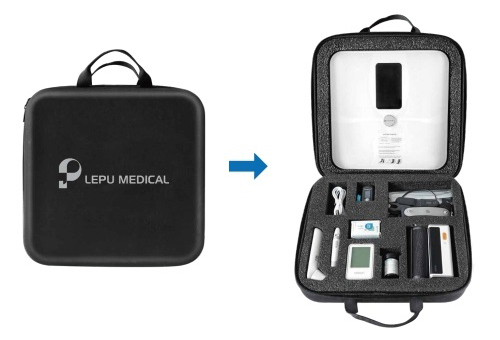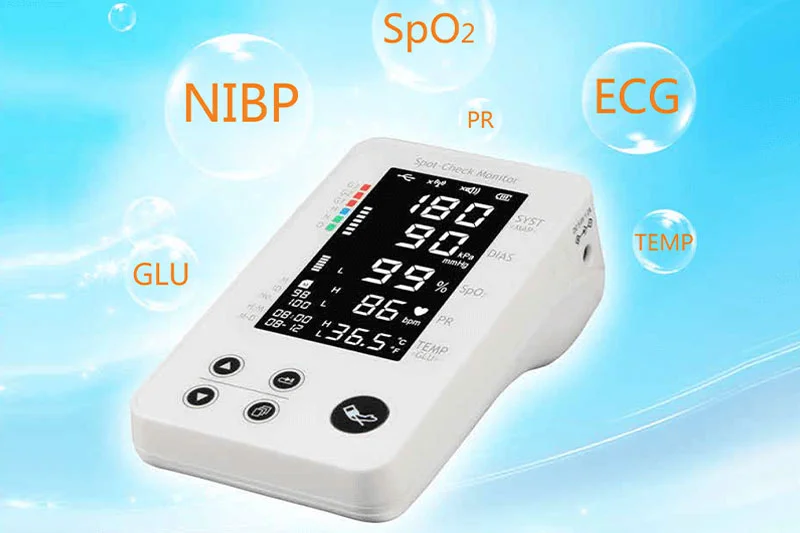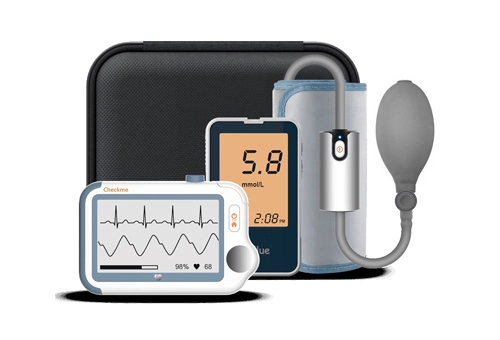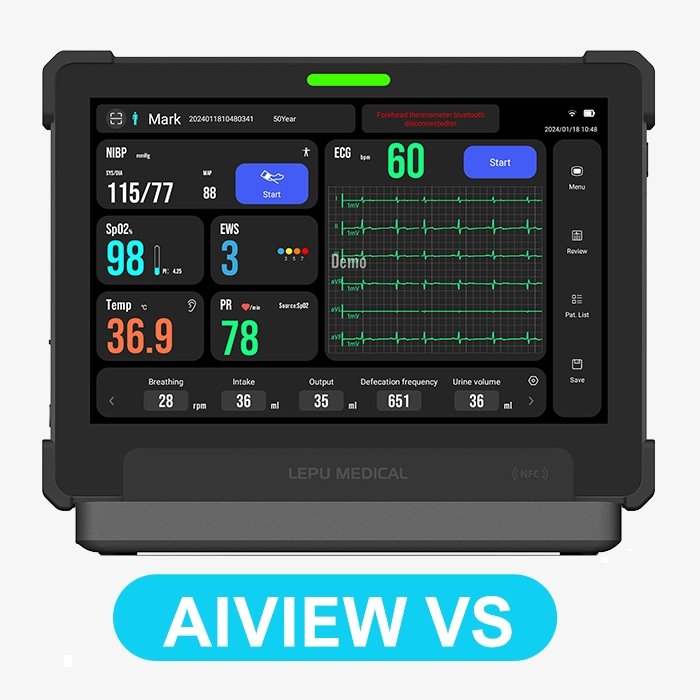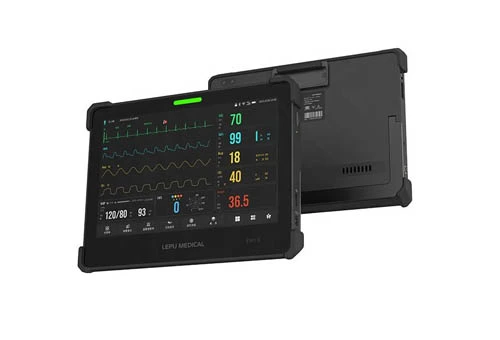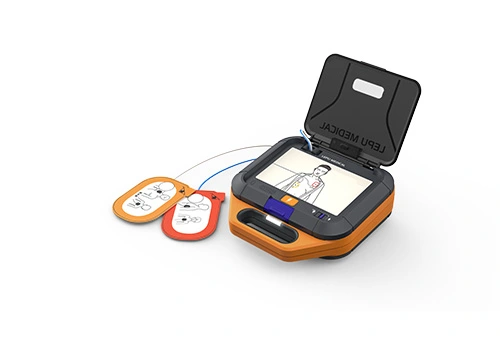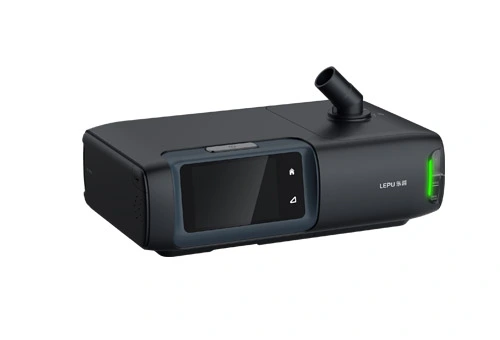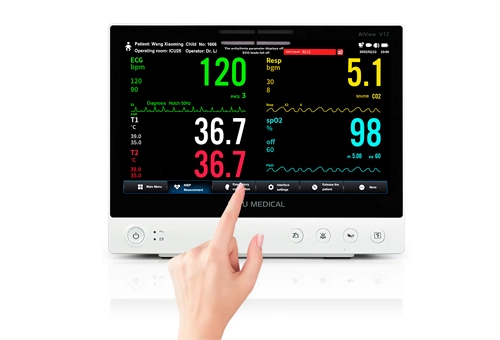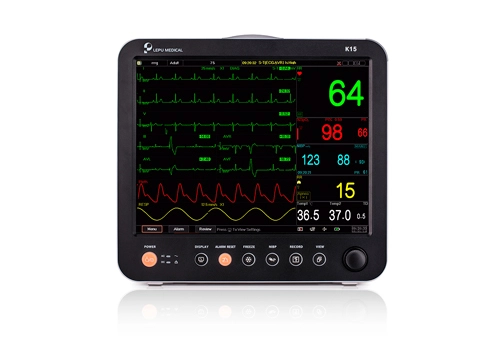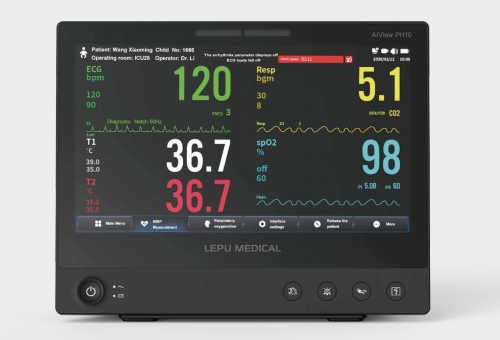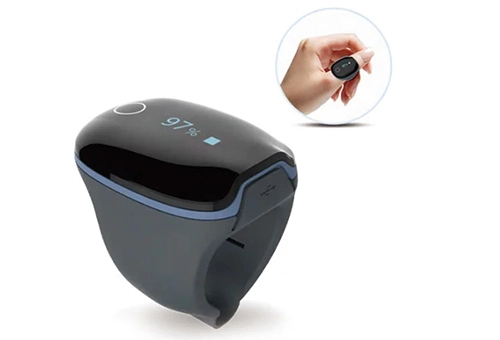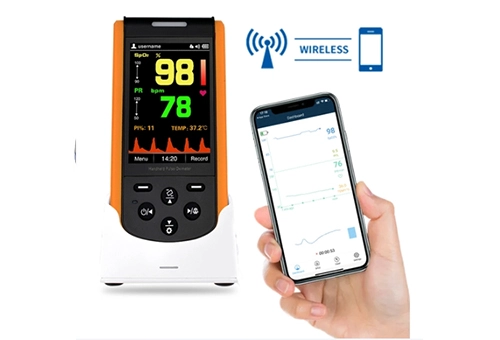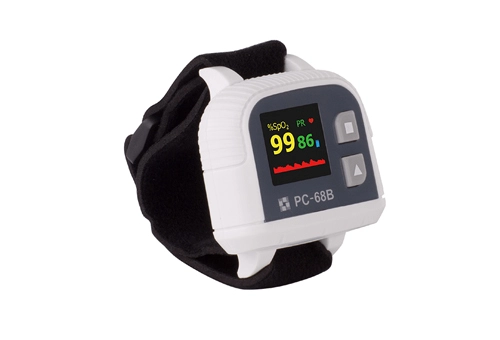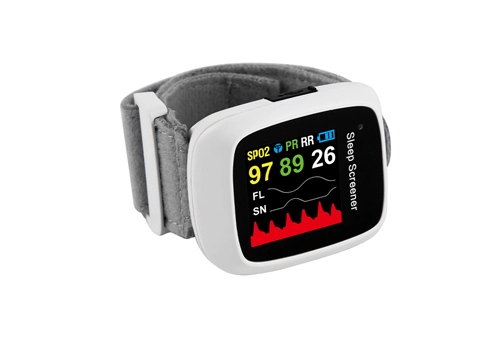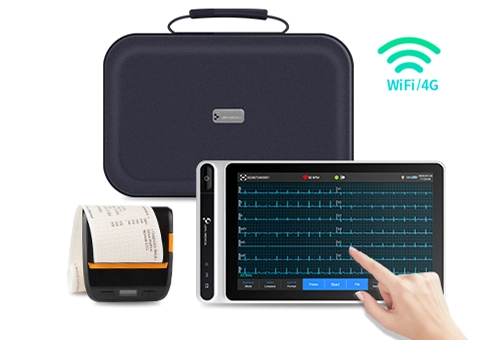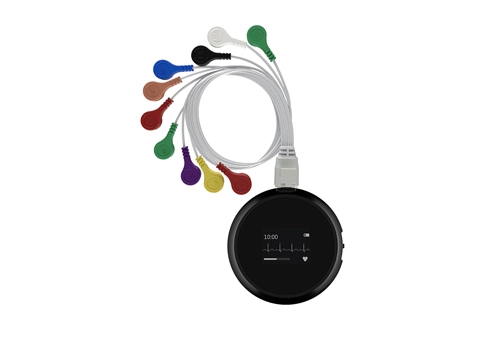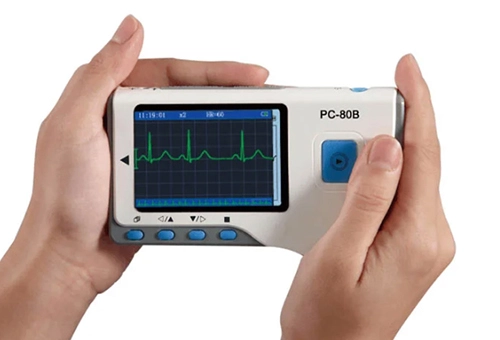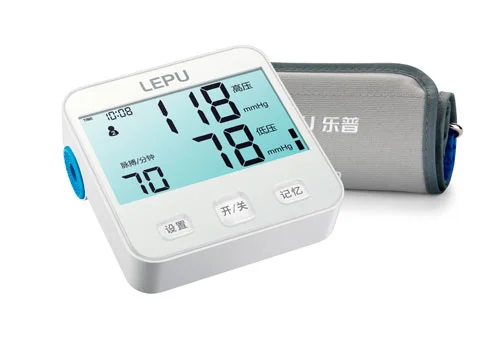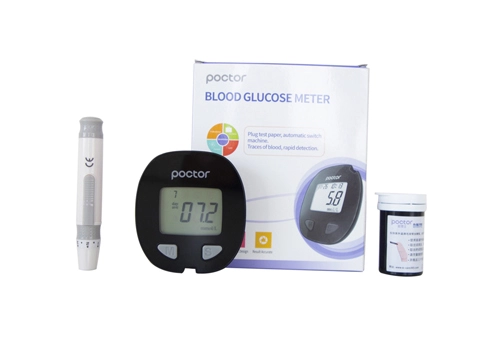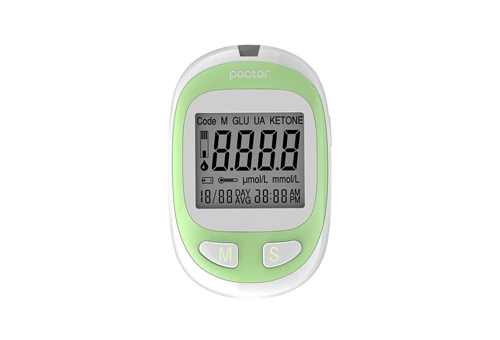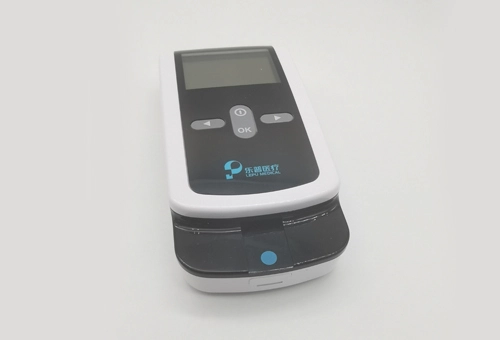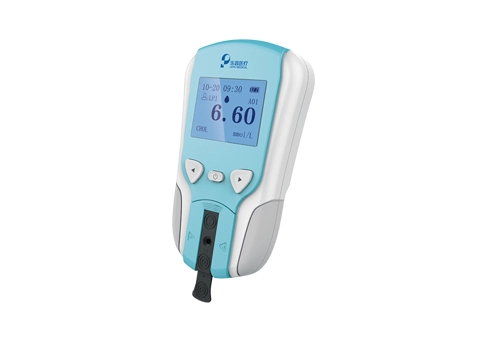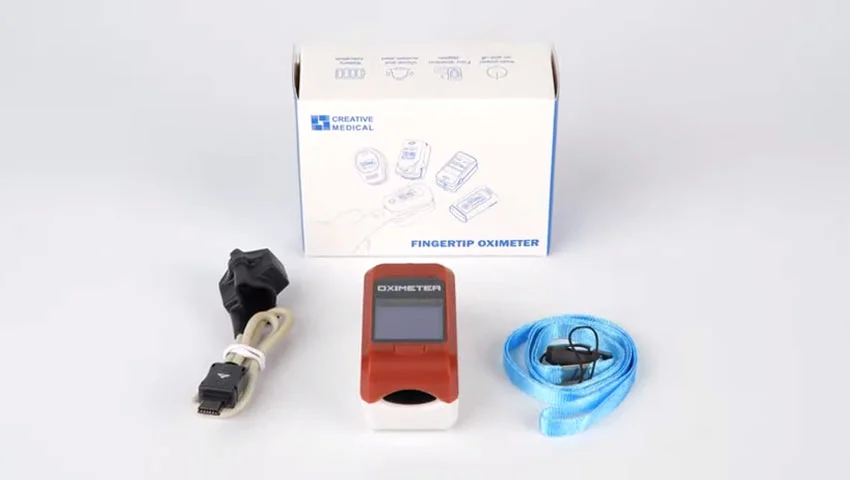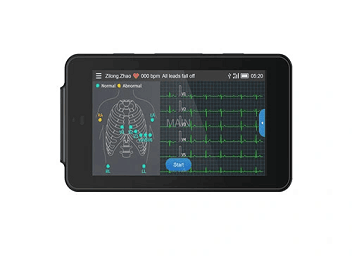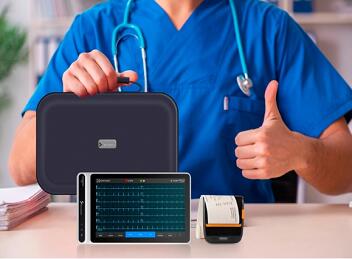All-in-one Vital Signs Monitors and Holter ECG Monitors in Surgical Care
Benefits of All-in-one Vital Signs Monitors and Holter ECG Monitors in Surgical Care
1. Greater patient safety: The use of all-in-one vital signs monitors and Holter ECG monitors in surgical care can help to monitor the patient’s vital signs in real-time, enabling healthcare professionals to take immediate action in the event of any changes. This can help to reduce the risk of complications and ensure the best possible outcome for the patient.
2. An increase in patient comfort: All-in-one vital signs monitor and holter ecg machine can provide continuous monitoring of the patient’s vital signs, which can help to reduce the need for frequent manual checks, providing improved comfort and convenience for the patient.
3. Enhanced monitoring capabilities: All-in-one digital vital signs machine and Holter ECG monitors can provide enhanced monitoring capabilities, allowing healthcare professionals to monitor multiple vital signs simultaneously and identify any potential problems early. This can help to provide better patient care and reduce the risk of complications.
4. Improved data accuracy: The use of all-in-one vital signs monitors and Holter ECG monitors can help to improve data accuracy and provide more reliable results, which can help to improve the overall quality of care provided.
5. Reduced costs: The use of these devices can help to reduce the costs associated with manual monitoring and provide a more cost-effective solution for surgical care.
The Role of All-in-one Vital Signs Monitors and Holter ECG Monitors in Pre- and Post-operative Care
The use of all-in-one vital signs monitors and ambulatory ecg holter monitor can be instrumental in providing pre- and post-operative care for patients. These devices can be used to monitor vital signs such as blood pressure, heart rate, and oxygen saturation, as well as to detect arrhythmias. This information can help to identify potential risks and aid in early detection of any sudden changes in a patient's condition. The use of these devices can allow for more effective patient management and improved patient outcomes.
Cases of Application for Surgical Care
1. Preoperative monitoring: All-in-one vital signs monitors can be used for preoperative assessment of a patient's health before surgery. This includes measuring vital signs such as heart rate, blood pressure, oxygen saturation, and temperature. Holter ECG monitors can also be used to assess the heart's electrical activity, which is important for cardiac surgery.
2. Intraoperative monitoring: During surgery, all-in-one vital signs monitors can be used to ensure that the patient remains in a safe state. Holter ECG monitors can also be used to measure electrical activity in the heart, which is important in certain surgeries.
3. Postoperative monitoring: All-in-one vital signs monitors can be used in the recovery room to monitor the patient's vital signs and ensure a safe recovery. Holter ECG monitors can also be used to detect any abnormalities in the heart's electrical activity that may have occurred during the surgery.

